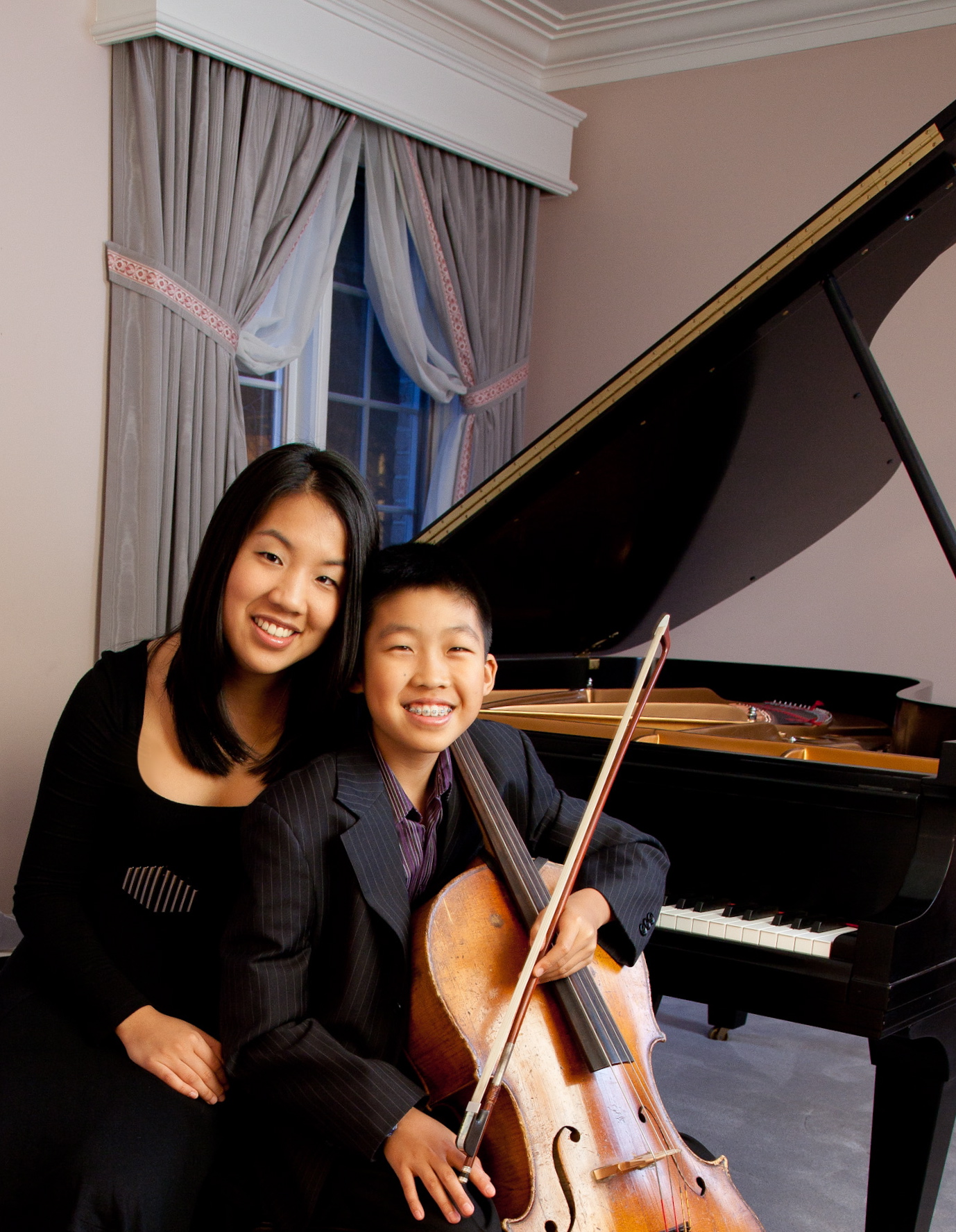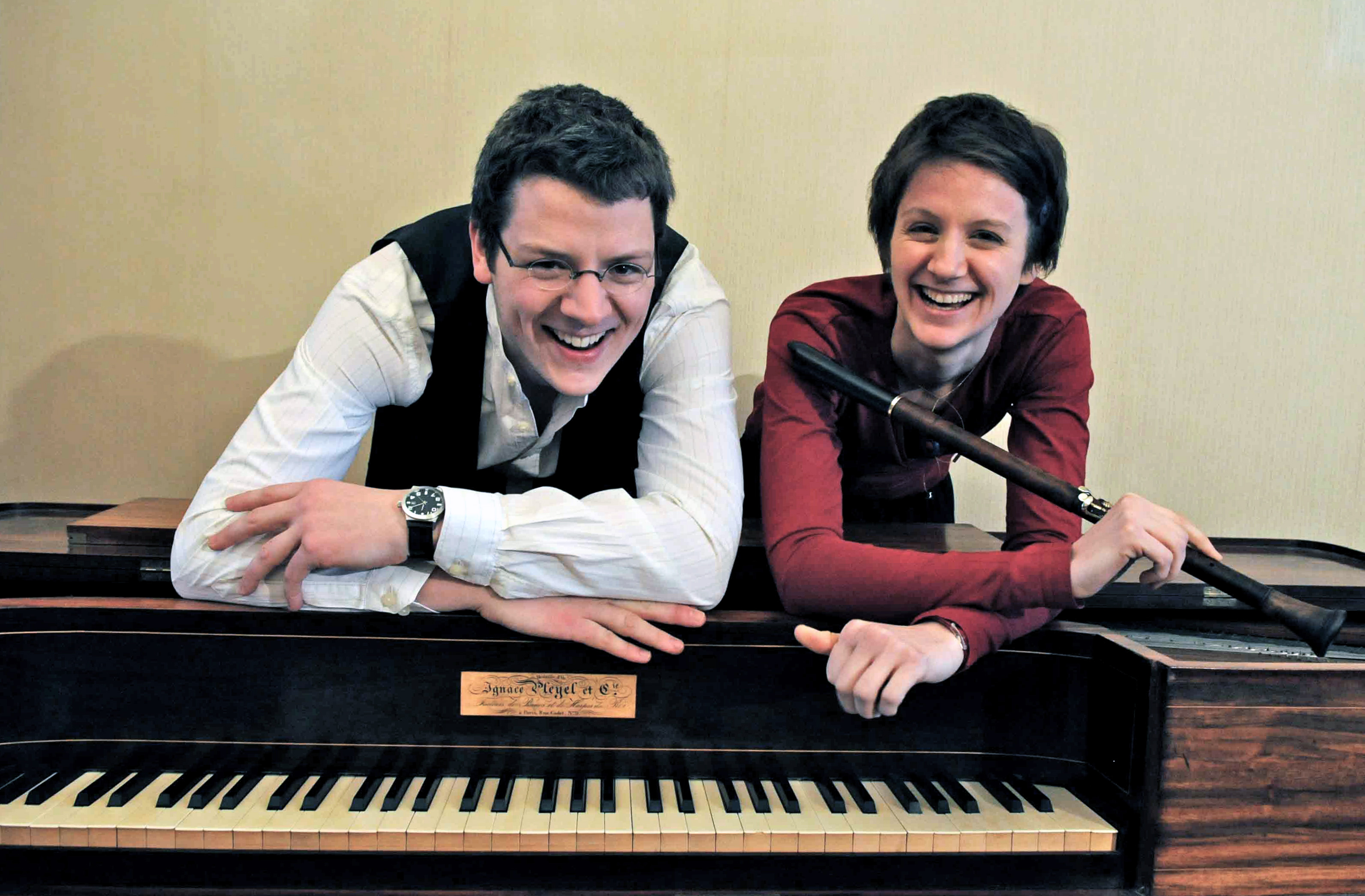Daniel Seigel, baritone in Review
Lester Seigel, piano
Weill Recital Hall, New York, NY
November 6, 2010

Daniel Seigel
Daniel Seigel is the 2009 winner of the National Federation of Music Clubs Young Artist Competition. His debut concert on November 6 at Weill Recital Hall was made possible by the Charles and Francis Christmann Estate. (One assumes a connection between the Competition and the Estate.) His rather idiosyncratic program showcased his many gifts and skills and built to a wonderful climax.
Let it be stated at the start: Mr. Seigel is an excellent singer. Apart from an occasional slight instability, especially on soft notes at the ends of phrases, and a somewhat stiff physical presentation at the beginning of the program, (both due to nerves, no doubt) he displayed mastery of his craft. The voice is warm and rich with a nice spin, which allows him to glide effortlessly between registers. His diction is excellent in English, French, German and Italian, and he sings with strong emotional commitment. Mr. Seigel was expertly accompanied by his father, Lester Seigel.
The program began with “L’Ultimo ricordo,” by Rossini. Unfortunately no translation of the Italian was provided. At the end of the program notes, however, we are told that the song is “about a dying man who returns a pressed flower to his wife that he had kept since their wedding when she carried it.” This brings me to a paragraph which should perhaps skipped by those who are interested only in Mr. Seigel.
It never ceases to amaze me that presenting groups spend thousands of dollars and a great deal of time and energy to showcase a performer, and yet make up a printed program which appears amateurish, does not provide the necessary information, and, as in this case, presents information that actually misleads the audience. I must state that which should be obvious: except in rare instances (i.e. a Lieder recital with many individual songs by one or just a few composers), the work to be performed goes on the left, the composer (and his dates) on the right. A set of songs should be indicated as such with the individual songs listed underneath. None of this was done. As a result, the audience didn’t know when to applaud or indeed, at times, what they were hearing. The program notes provided many clues, but the audience should not have to read program notes during the performance. A performer of Mr. Seigel’s calibre deserves the audience’s full attention. The only other thing to which the audience should give attention to is the sheet of song texts and their translations, which guide one through the song. It is my personal preference that not only the texts of songs in foreign languages, but also those of the songs in English should be provided. No matter how fine a singer’s diction is, it can be hard to understand even one’s native language when it is sung. In the case of this program (the musical aspect of which I promise I will return to), none of the twelve English texts was printed, neither of the two Italian texts was printed, all five French texts and their translations were printed, as was the case with the one German song. The worst problem of all was that twice the individual songs of a set were not listed, so one thought that the title of the set was an individual song. The attentive and well-mannered audience members were understandably confused, and some began to applaud at the wrong place, thus no doubt causing themselves a good deal of embarrassment. With all the shuffling and confusion I, for one, missed out on a good deal of Mr. Seigel’s no doubt fine and carefully considered performance. I would caution performers to proofread their programs, even if making up the printed program is not their “job.”
After warming up on the Rossini, Mr. Seigel presented one Lied: Mahler’s “Des Antonius von Padua Fischpredigt,” a humorous song poking fun at preachers. It seemed a little odd to me that this was the lone offering of German Lieder, a genre which most cognoscenti believe to be the greatest body of repertoire for voice and piano. Mr. Seigel and his excellent accompanist, however, gave an ingratiating performance. I would have loved to have heard a little more Mahler, but we now skipped to the twentieth century with Samuel Barber’s cycle “Despite and Still.” Daniel Seigel clearly feels a strong affinity for the repertoire of the middle of the twentieth century and he performed these songs with assurance and intensity. An abrupt and welcome change of mood came with Mercutio’s scintillating aria “Mab, la reine des mensonges” from Gounod’s “Romeo et Juliette.” Mr. Seigel wowed the audience with his rapid fire, crystal clear French. A stirring rendition of Ives’s masterpiece “General William Booth Enters into Heaven” completed the first half.
The second half began with “Hai gia vinta la causa,” the Count’s famous recitative and aria from the third act of “Le Nozze di Figaro”. From the comfort he displayed in the role and the conviction he brought to it, one suspects that he has performed it in its entirety. If he hasn’t already, no doubt he will soon. With his tall stature and elegant good looks he would make a fine Count. Works by two composers from the first half of the twentieth century, Gerald Finzi and Francis Poulenc, followed. Then we returned to opera, with an impassioned performance of “L’orage s’est calmé” from Bizet’s “Les Pêcheurs des perles”. The concert ended brilliantly with the “Soliloquy” from “Carousel”. This piece represents a revolutionary moment in the American Musical Theater. It is far longer than the any show tune up until that time and contains elements of recitative and aria interspersed. It is worthy of inclusion in a recital of “serious” music, indeed when performed as well as it was on November 6 it is almost miraculous. The ecstatic crowd leapt to their feet in a well-deserved ovation. The rather topical encore was “Brother, can you spare a dime?”
by Barrett Cobb for New York Concert Review; New York, NY




